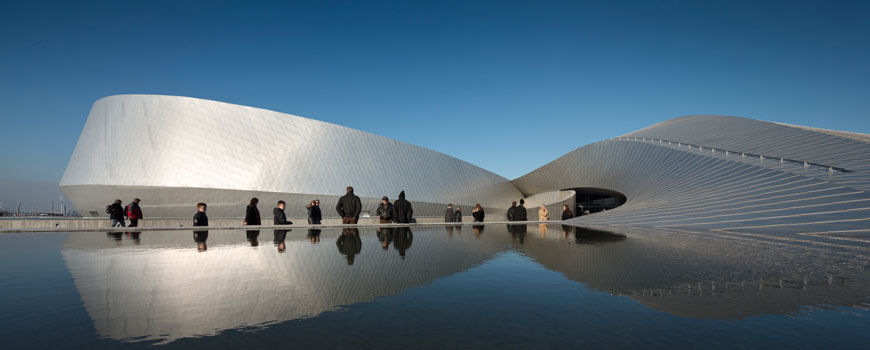M/S Maritime Museum of Denmark Elsinore – Bjarke Ingels
Hovedstaden, Denmark
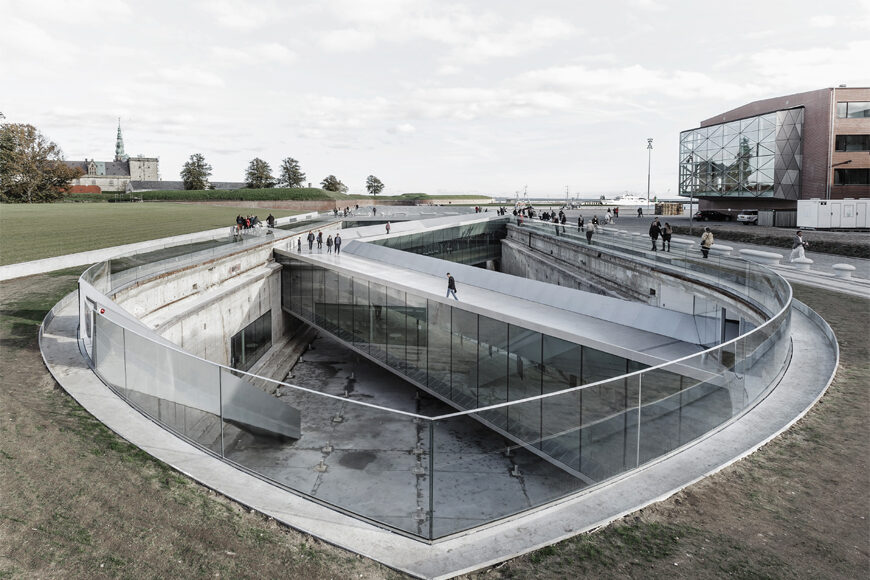
The M/S Maritime Museum of Denmark (Danish: M/S Museet for Søfart) in Elsinore (Helsingør) is the most important museum dedicated to the maritime history of Denmark.
Completed in 2013 after a design by acclaimed architecture firm BIG-Bjarke Ingels Group, the museum is located inside a former dry dock in Elsinore’s port area.
The permanent exhibition of the M/S Maritime Museum of Denmark – presenting both the history of Danish shipping and maritime life, culture, and technology in a broader sense – consists of a varied set of exhibits, arranged into 10 thematic semi-permanent galleries, which includes scale models of ships, everyday objects used by sailors, marine equipment, photographs, artworks, interactive installations, and videos.
Fully accessible to physically impaired people, the M/S Museum also accommodates, together with exhibition rooms, a knowledge center, a library, an auditorium, a book and gift shop, and a cafe.
Photo Luca Santiago Mora.
Cover image by Rasmus Hjortshoj, courtesy of BIG-Bjarke Ingels Group
The Maritime Museum of Denmark by BIG – Bjarke Ingels Group
Introduction
The M/S Maritime Museum of Denmark, building on the Danish great maritime tradition, narrates the history of shipping through a vast and diverse set of themes and artifacts.
The building designed by BIG – Bjarke Ingels Group is both visually surprising and highly innovative conceptually; a museum, completely built below the ground level, conceived like an uninterrupted path running back and forth across the large void of a former dry dock, a powerful memento of what the site once was.
Suggesting discovery and exploration, the architecture of the M/S museum does not reveal itself to its visitors immediately but unveils its complexity and beauty only gradually, step by step.
That complexity is reinforced by an intriguing relationship between interior space and outdoor areas, which are also accessible, and by the sequence of transparent volumes of BIG’s building, that look as if they were hovering into the large void of the dry dock.
Site plan, courtesy of BIG-Bjarke Ingels Group
Project description, by BIG – Bjarke Ingels Group
The Danish Maritime Museum had to find its place in a unique historic and spatial context; between one of Denmark’s most important and famous buildings and a new, ambitious cultural center. This is the context in which the museum has proven itself with an understanding of the character of the region and especially the Kronborg Castle. Like a subterranean museum in a dry dock. Leaving the 60-year-old dock walls untouched, the galleries are placed below ground and arranged in a continuous loop around the dry dock walls – making the dock the centerpiece of the exhibition – an open, outdoor area where visitors experience the scale of shipbuilding.
Schemes, courtesy of BIG-Bjarke Ingels Group
Before and After, courtesy of BIG-Bjarke Ingels Group
On the left – Before, Image by Ole Thomsen; After, Image by Rasmus Hjortshoj.
On the right – Before, Image by Ole Thomsen; After, Image by Luca Santiago Mora
Two images by Luca Santiago Mora, courtesy of BIG-Bjarke Ingels Group
Image by Rasmus Hjortshoj, courtesy of BIG-Bjarke Ingels Group
A series of three double-level bridges span the dry dock, serving both as an urban connection, as well as providing visitors with shortcuts to different sections of the museum. The harbor bridge closes off the dock while serving as a harbor promenade; the museum’s auditorium serves as a bridge connecting the adjacent Culture Yard with the Kronborg Castle, and the sloping zig-zag bridge navigates visitors to the main entrance. This bridge unites the old and new as the visitors descend into the museum space overlooking the majestic surroundings above and below ground. The long and noble history of the Danish Maritime unfolds in a continuous motion within and around the dock, 7 meters (23 ft.) below the ground. All floors – connecting exhibition spaces with the auditorium, classroom, offices, café, and the dock floor within the museum – slope gently creating exciting and sculptural spaces.
Images by Rasmus Hjortshoj, courtesy of BIG-Bjarke Ingels Group
Image by Luca Santiago Mora, courtesy of BIG-Bjarke Ingels Group
Image by Rasmus Hjortshoj, courtesy of BIG-Bjarke Ingels Group
On the left: image by Rasmus Hjortshoj; On the right: image by Luca Santiago Mora – courtesy of BIG-Bjarke Ingels Group
Views of the permanent exhibition, images by Thijs Wolzak, courtesy of BIG-Bjarke Ingels Group.
M/S Maritime Museum of Denmark
Architectural project: BIG – Bjarke Ingels Group
Project team – Partner in charge: Bjarke Ingels, David Zahle; project leader: David Zahle
Concept and exhibition design: Kossmanndejong
How our readers rate this museum (you can vote)
copyright Inexhibit 2024 - ISSN: 2283-5474


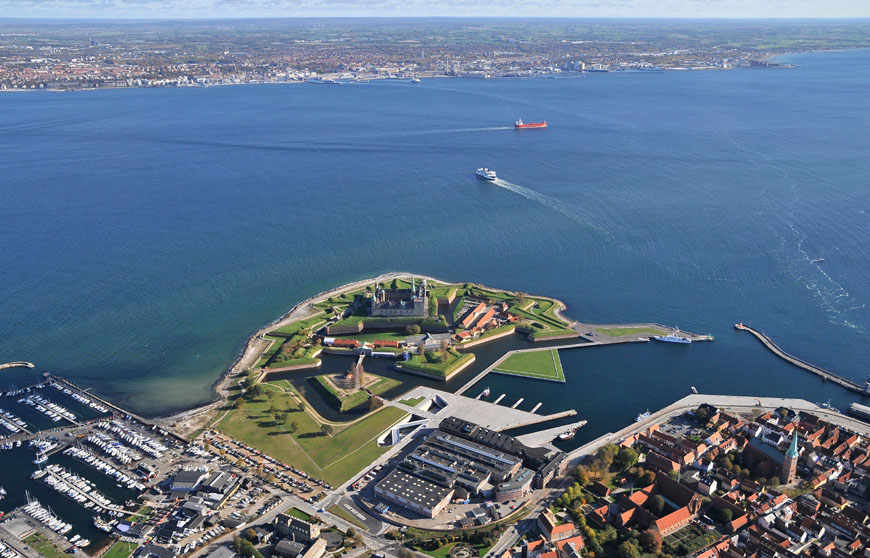

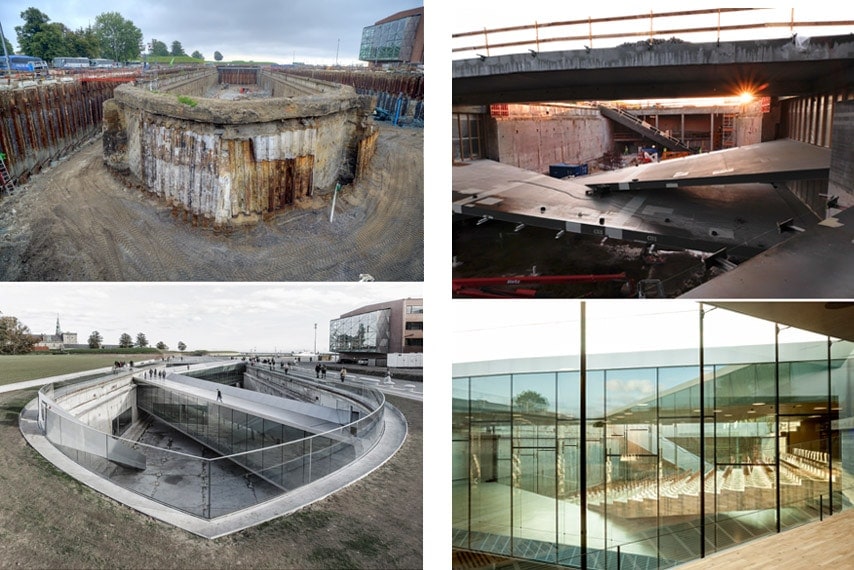


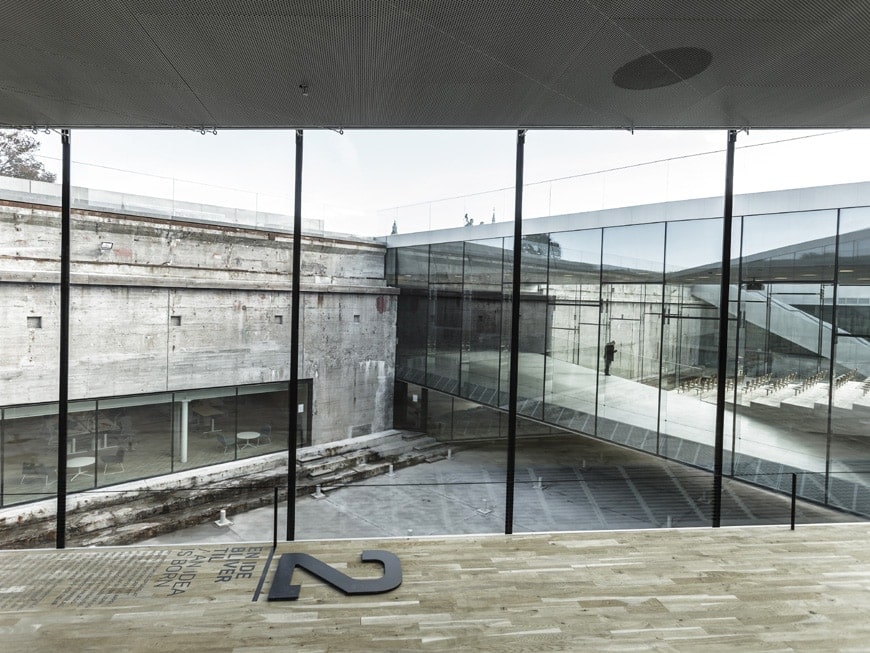
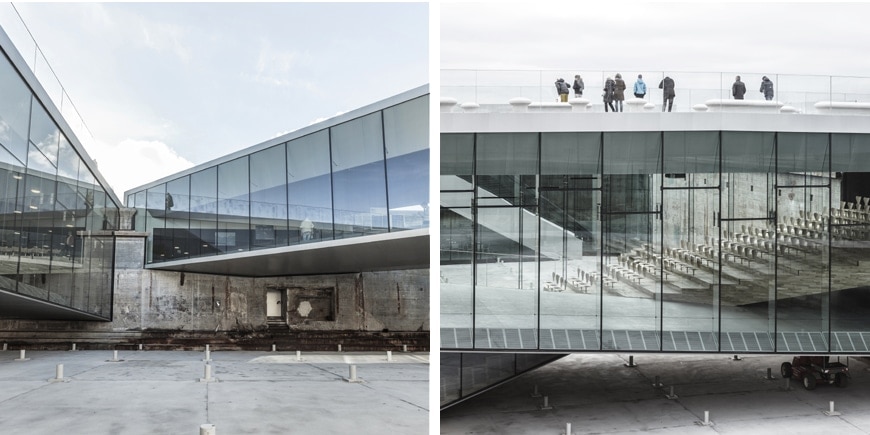
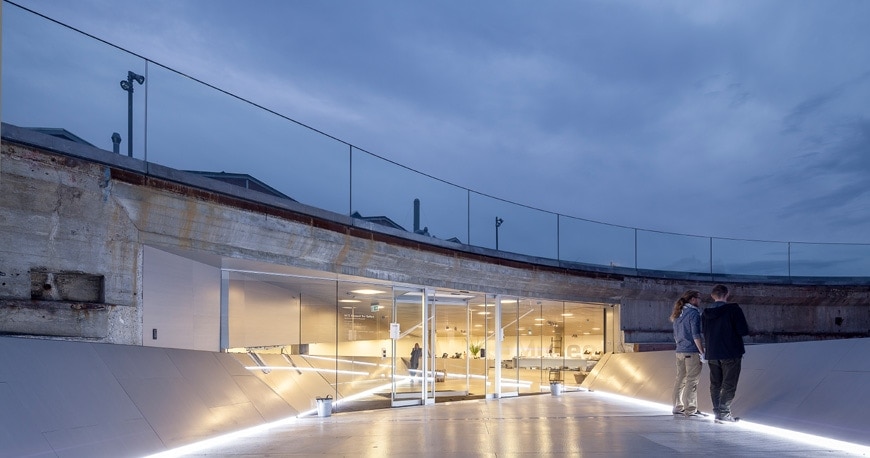

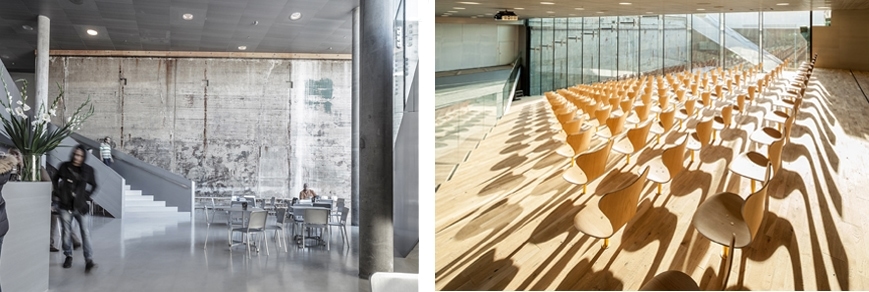
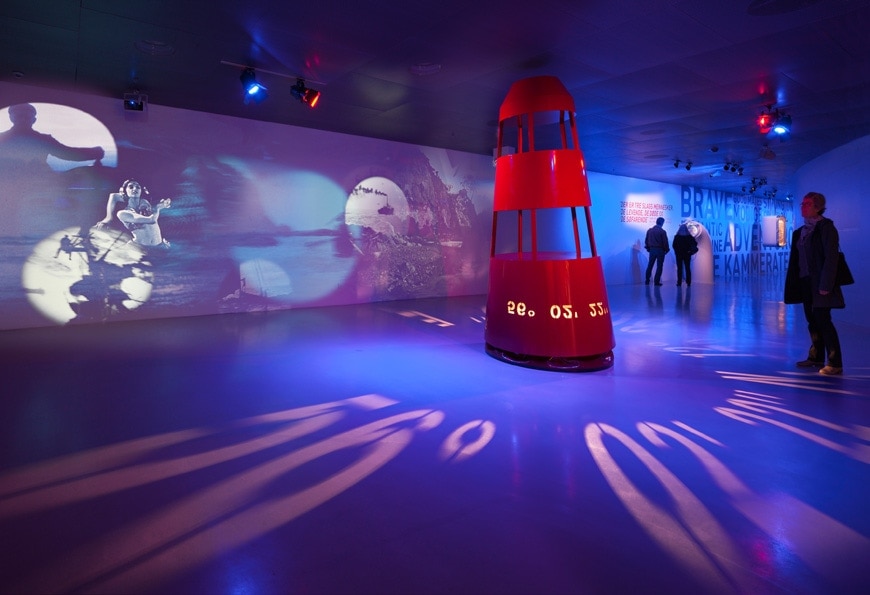

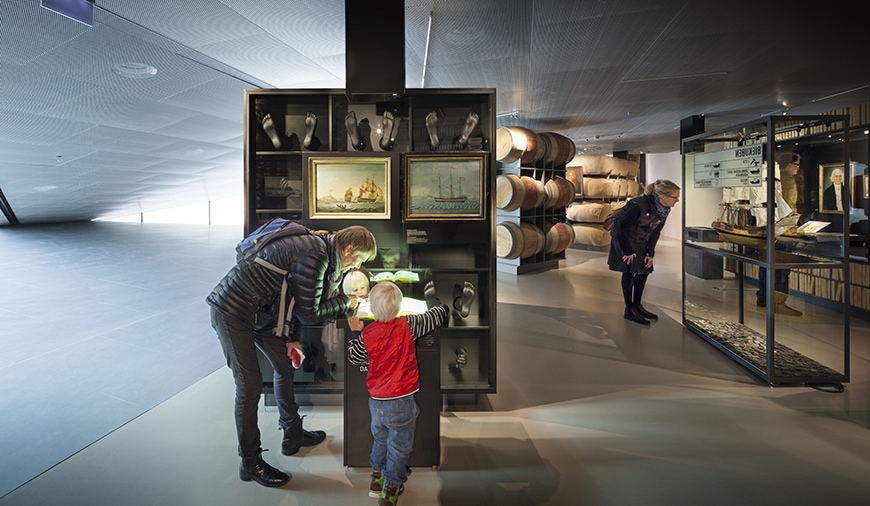


 (11 votes, average: 4.18 out of 5)
(11 votes, average: 4.18 out of 5)